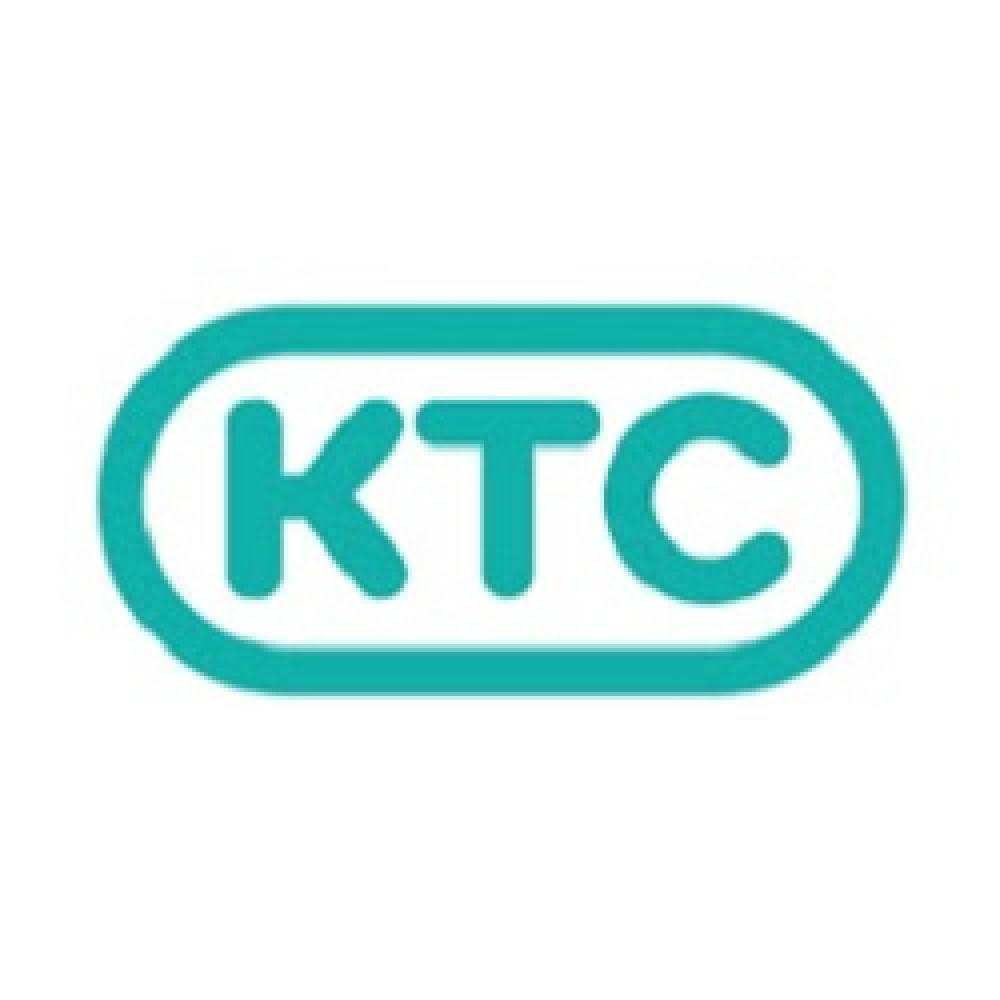
What is FAA Web Schedules? How to Use it?
The FAA Web Schedules is an invaluable tool for effectively managing web applications. This user-friendly tool simplifies the process of scheduling and managing web applications, making it a go-to resource for professionals seeking efficient and timely completion of their work. The FAA Web Schedules offers numerous benefits and serves individuals in various ways, earning their appreciation for its functionality. In this guide, we will explore the features and advantages of the FAA Web Schedules, providing insights on how to leverage it to optimize productivity.
The FAA Web Schedules provides a seamless solution for scheduling web applications, ensuring smooth and organized execution of tasks. Its user-friendly interface simplifies the process, allowing users to easily navigate through the tool's functionalities. With its intuitive design, professionals can quickly grasp the system, saving valuable time that would otherwise be spent on learning complex scheduling processes.
How to Use Faa Web Schedule?
To effectively use the FAA Web Schedules tool, follow these steps:
Access the Tool:
Visit the official FAA website or the designated portal where the FAA Web Schedules tool is available. Ensure you have the necessary credentials or permissions to access the tool.
Familiarize Yourself with the Interface:
Take some time to explore and understand the user interface of the FAA Web Schedules tool. Identify the various features, options, and functionalities available to you.
Create a New Schedule:
Begin by creating a new schedule for your web application. This typically involves providing details such as project name, start date, end date, and any other relevant information required to set up the schedule.
Define Tasks and Milestones:
Break down your project into individual tasks and milestones. Assign each task a specific duration, start date, and end date. This step helps in organizing and tracking the progress of your web application development.
Establish Dependencies:
Determine any dependencies between tasks. Identify tasks that must be completed before others can begin. This helps in creating a logical sequence and ensures a smooth workflow.
Set Priorities and Durations:
Assign priorities to your tasks based on their importance or urgency. Additionally, estimate the duration or effort required for each task. This information aids in resource allocation and time management.
Assign Resources:
Identify the team members or resources responsible for each task. Assign them accordingly, taking into account their availability, skills, and expertise.
Monitor Progress:
Regularly update the status of your tasks within the FAA Web Schedules tool. Mark completed tasks, update the progress of ongoing tasks, and make adjustments as necessary. This step allows you to track the project's advancement and make informed decisions.
Utilize Notifications and Reminders:
Take advantage of the notification and reminder features provided by the FAA Web Schedules tool. Set up alerts for approaching deadlines, milestone achievements, or any other events that require attention.
Collaborate and Communicate:
Use the collaboration features of the FAA Web Schedules tool to foster effective communication within your team. Share updates, discuss tasks, and address any issues or concerns that arise during the project.
Regularly Review and Adjust:
Periodically review your schedule and make adjustments as needed. Take into account any changes in project requirements, resource availability, or unforeseen circumstances. Flexibility is key to maintaining an accurate and efficient schedule.
Complete and Evaluate:
Once your web application project is complete, mark it as finished within the FAA Web Schedules tool. Take time to evaluate the overall performance and success of the project, noting any lessons learned for future endeavors.
Remember, the specific functionalities and features of the FAA Web Schedules tool may vary, so refer to the user documentation or support resources provided by the tool to ensure you are using it effectively. Adapt the tool to fit your project's requirements and collaborate with your team to ensure a smooth and successful web application development process.
-
Recent Posts
-
Related Stores
-
Offers Related to This Blog












